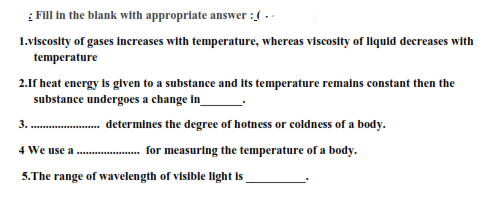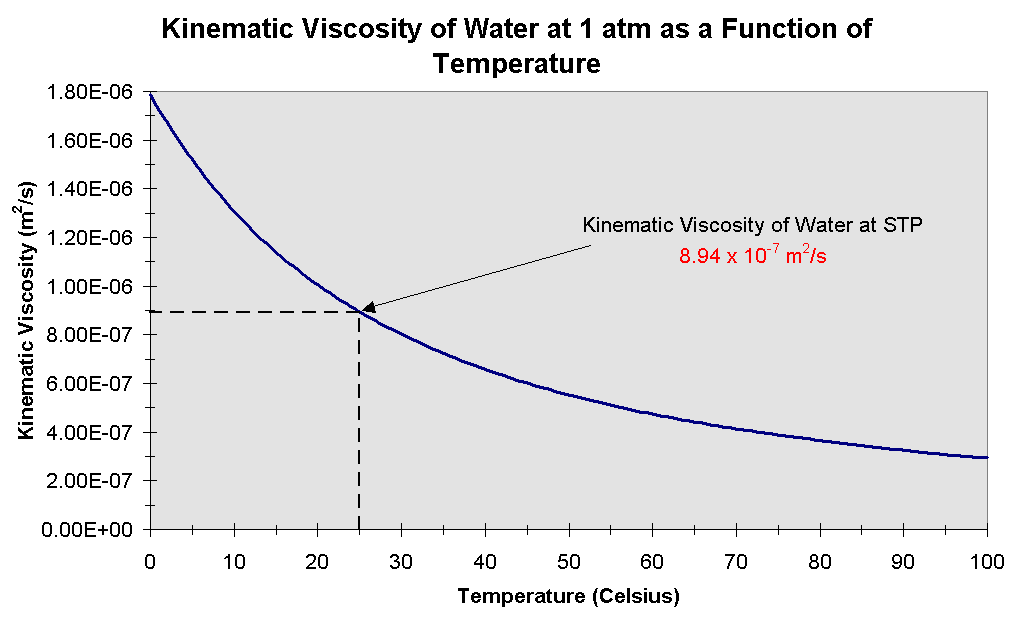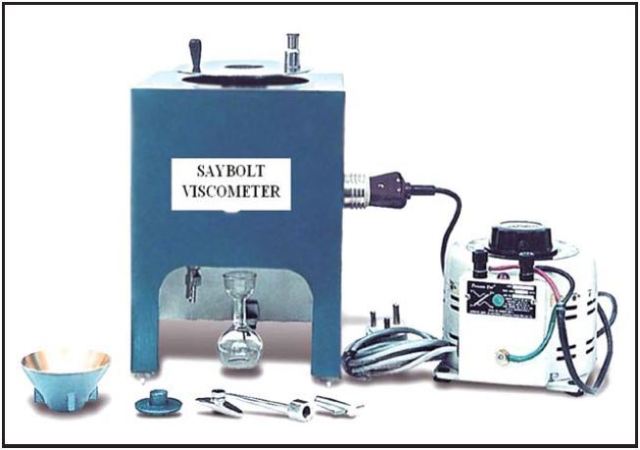

Hydrodynamics deals primarily with the flow of water in pipes or open channels. That includes flood control, operation of city water and sewer systems, and management of navigable waterways. While liquids include all sorts of substances, such as oil and chemical solutions, by far the most common liquid is water, and most applications for hydrodynamics involve managing the flow of this liquid. The study of liquid flow is called hydrodynamics. The number can also be used to predict the speed at which flow transitions from laminar to turbulent. Re can be used to predict how a gas or liquid will flow around an obstacle in a stream, such as water around a bridge piling or wind over an aircraft wing. Note that Re is not only a property of the fluid it also includes the conditions of its flow such as its speed and the size and shape of the conduit or any obstructions.Īt low Re, the flow tends to be smooth, or laminar, while at high Re, the flow tends to be turbulent, forming eddies and vortices. McDonough gives the definition of Re as, "the ratio of inertial to viscous forces." The inertial force is the fluid's resistance to change of motion, and the viscous force is the amount of friction due to the viscosity or thickness of the fluid. On the other hand, a flood or water pouring from an old-fashioned hand pump are examples of unsteady flow.Īn important factor in fluid flow is the fluid's Reynolds number ( Re), which is named after 19th century scientist Osborne Reynolds, although it was first described in 1851 by physicist George Gabriel Stokes.

An example of steady flow would be water flowing through a pipe at a constant rate. McDonough, a professor of engineering at the University of Kentucky, writes, "If all properties of a flow are independent of time, then the flow is steady otherwise, it is unsteady." That is, steady flows do not change over time.

In his lecture notes, " Lectures in Elementary Fluid Dynamics" (University of Kentucky, 2009) J. The movement of liquids and gases is generally referred to as "flow," a concept that describes how fluids behave and how they interact with their surrounding environment - for example, water moving through a channel or pipe, or over a surface. Some important technological applications of fluid dynamics include rocket engines, wind turbines, oil pipelines and air conditioning systems. Fluid dynamics provides methods for studying the evolution of stars, ocean currents, weather patterns, plate tectonics and even blood circulation. Scientists across several fields study fluid dynamics.


 0 kommentar(er)
0 kommentar(er)
